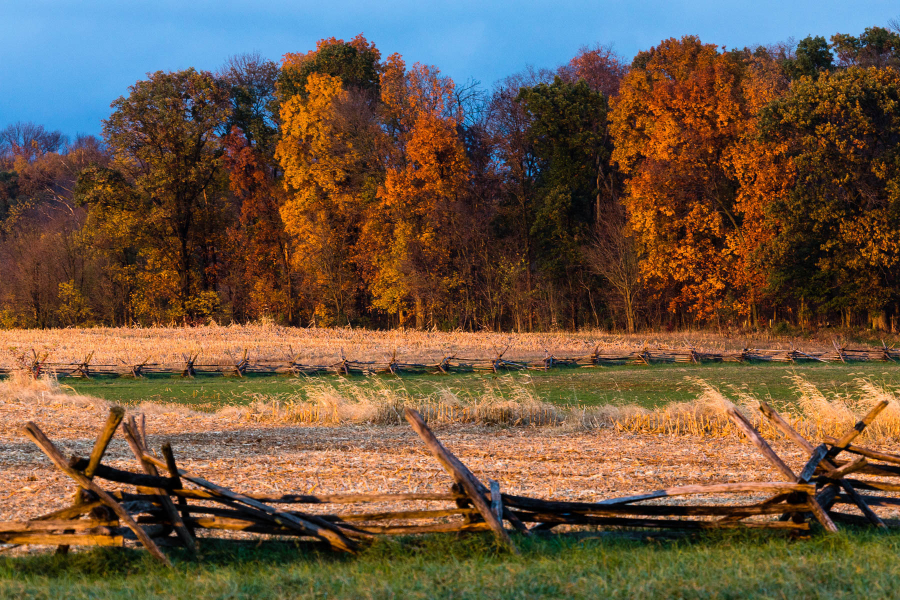Preserving American history in perpetuity
Thanks to a public-private partnership, the site of the Battle of Antietam will forever retain its 19th century character

Thanks to a public-private partnership, the site of the Battle of Antietam will forever retain its 19th century character

Comments
Thanks to this eloquent woman for highlighting how important history is to providing the Bay with a stable base for current actions. I tried for 16 years while on CBPO staff to carry this view forward, and often did so with management disinterest and sometimes opposition. I'm pleased her voice resurfaces this one small element in the broad panoply of history which underpins and has shaped the Chesapeake with which we live today.
Thank you!
Your comment has been received. Before it can be published, the comment will be reviewed by our team to ensure it adheres with our rules of engagement.
Back to recent stories